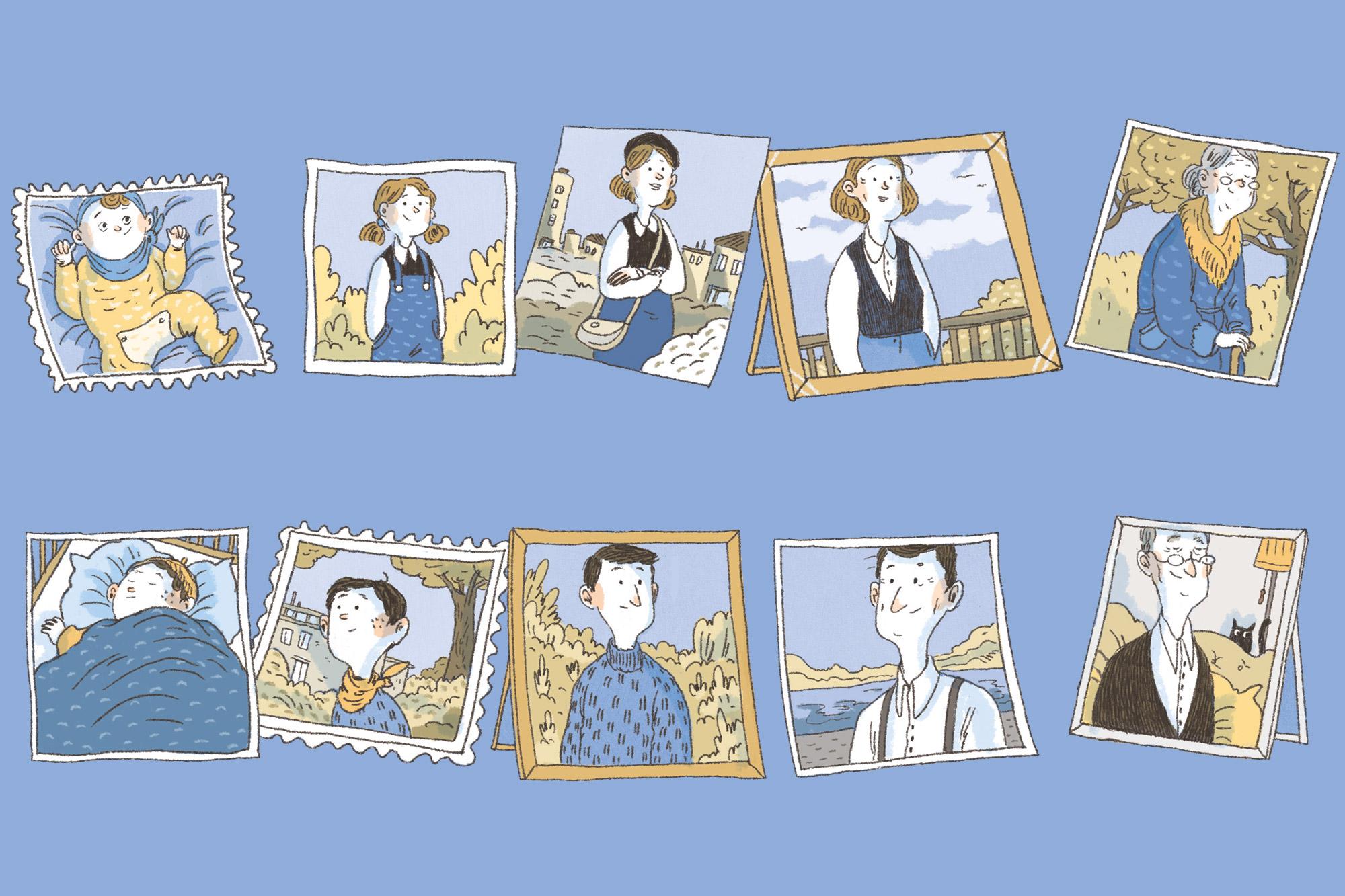60 years later: project on the life stories of infants placed in institutions completed

The placement of infants in homes for babies had a significant impact on the course of their lives and on their language and social skills.
In the first half of the 20th century it was usual in Switzerland for infants to be brought up in institutions under certain circumstances. Children of unmarried or underage mothers, or of mothers with foreign worker status, were placed in care. From the perspective of society and the authorities, having a child as a young, unmarried mother was “wanton”. Thus the task of caring for and bringing up the child was transferred to the state once the child was born.
Between 1958 and 1961 the Marie Meierhofer Institute for Children (MMI) examined 431 infants that had been placed in a babies’ home shortly after their birth. Around 10 years later, the MMI documented the further development of these children in a follow-up study. At the same time, Zurich Children’s Hospital regularly examined 445 children from 1953 to 1973 to see how they were developing. Now – 60 years later – the participants from both studies have been examined to ascertain their physical and mental health and their cognitive, social and motor skills, as well as the courses their lives have taken.
Based on this comparison, it is clear that the participants who were placed in a babies’ home showed significant delays in all areas of development compared to those who spent their childhood with their families. The study showed large disparities in terms of the participants’ life courses with regard to their education and careers on the one hand, and to their current assessment of their own well-being and their perception of the events from their childhood on the other hand. It also revealed that placing infants in institutions not only affects the children themselves, but also their families.
